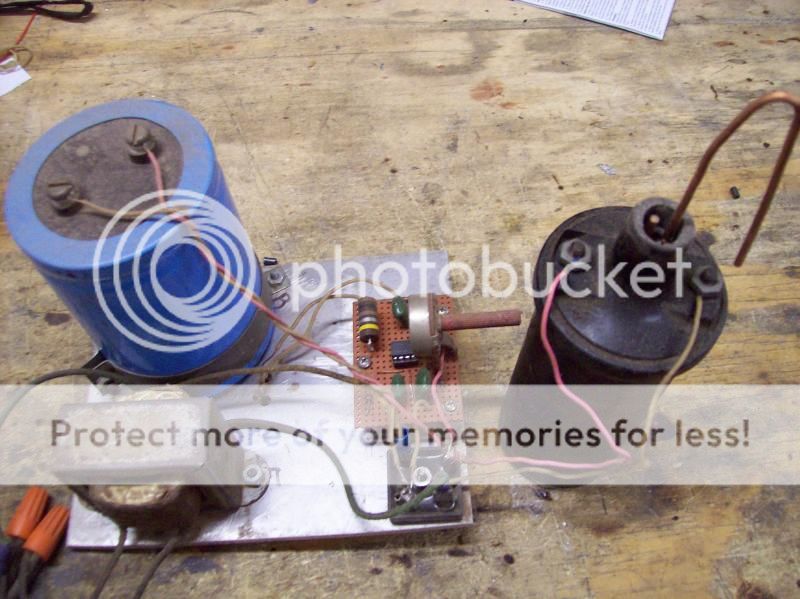Hello forum! I want to make an isolated DC-DC converter with 12V input. the thing is :
I dont have much experience, so i am looking for the simplest method possible..
Where i leave i dont have access to many IC's, so i need to make it happen with a 555 chip...
I Know this is not a very good way to do it, but in my project i just need to have an Isolated DC source..
i am totally fine with having to use a voltage regulator after the flyback, and i dont care if the Vout will be the same as Vin, or if it will be fixed 5V !
I have found this schemantic :

Which i thing is used to boost DC. Will it work?? What to i have to change in order for Vout = Vin, or Vout= 5V?? also, will 1-1 Transformer work??
Or is it not possible at all?? thanks !!
I dont have much experience, so i am looking for the simplest method possible..
Where i leave i dont have access to many IC's, so i need to make it happen with a 555 chip...
I Know this is not a very good way to do it, but in my project i just need to have an Isolated DC source..
i am totally fine with having to use a voltage regulator after the flyback, and i dont care if the Vout will be the same as Vin, or if it will be fixed 5V !
I have found this schemantic :

Which i thing is used to boost DC. Will it work?? What to i have to change in order for Vout = Vin, or Vout= 5V?? also, will 1-1 Transformer work??
Or is it not possible at all?? thanks !!




